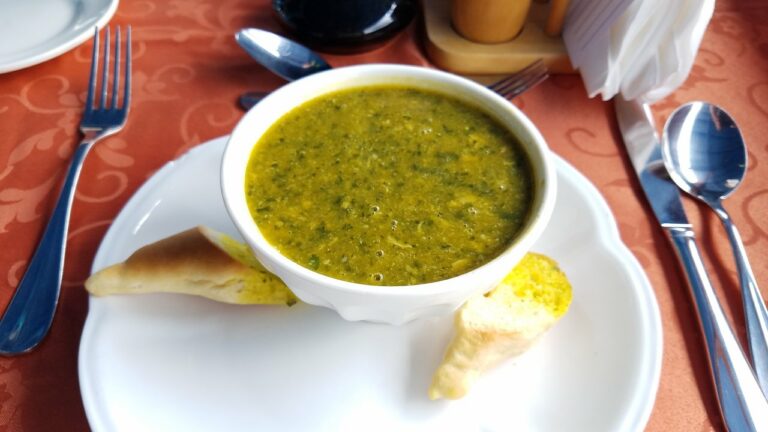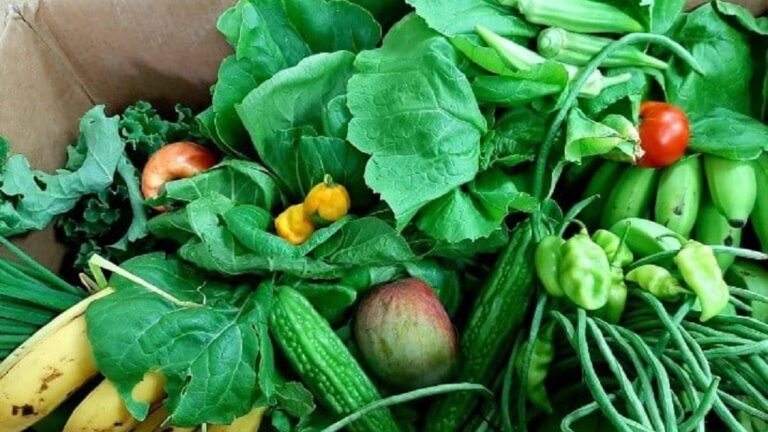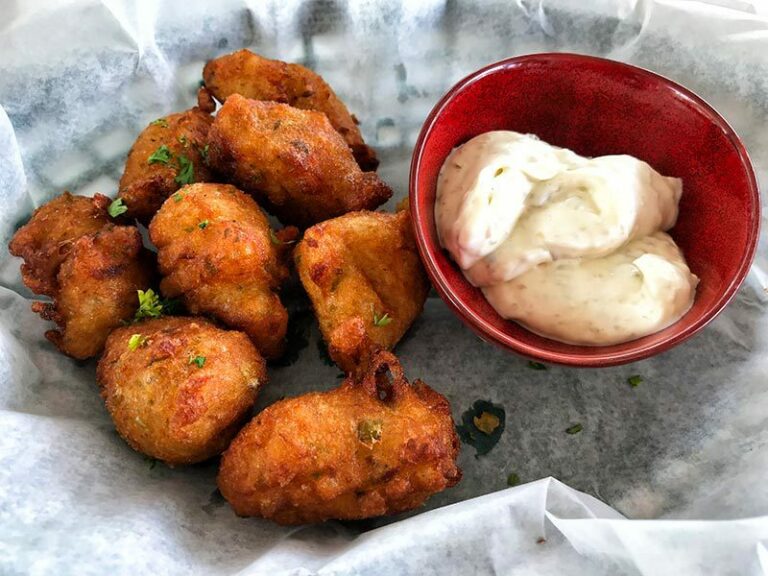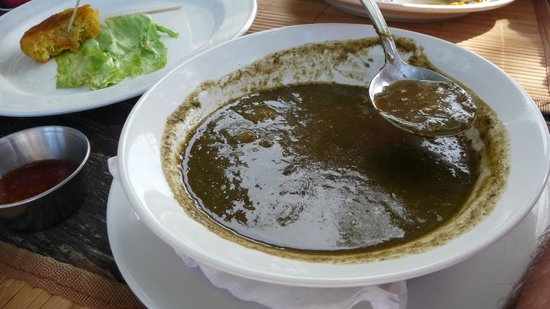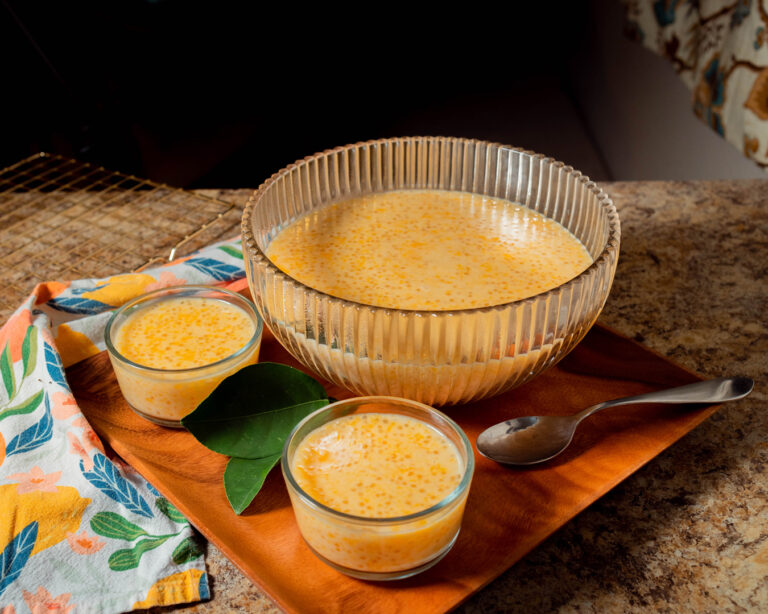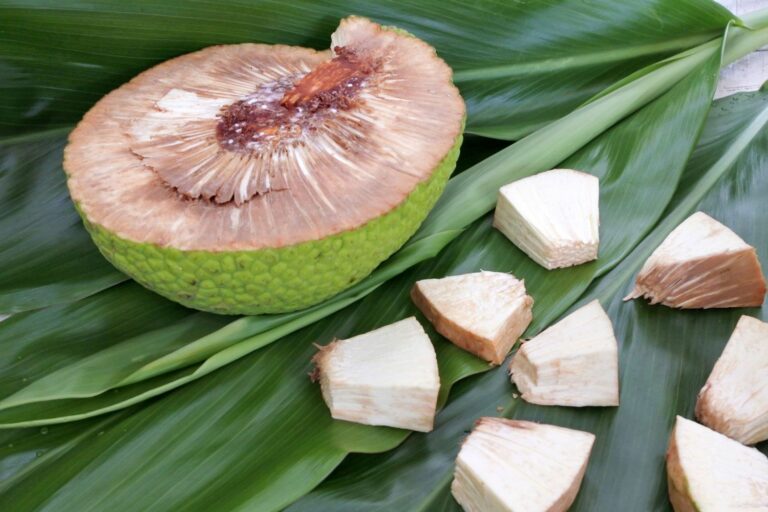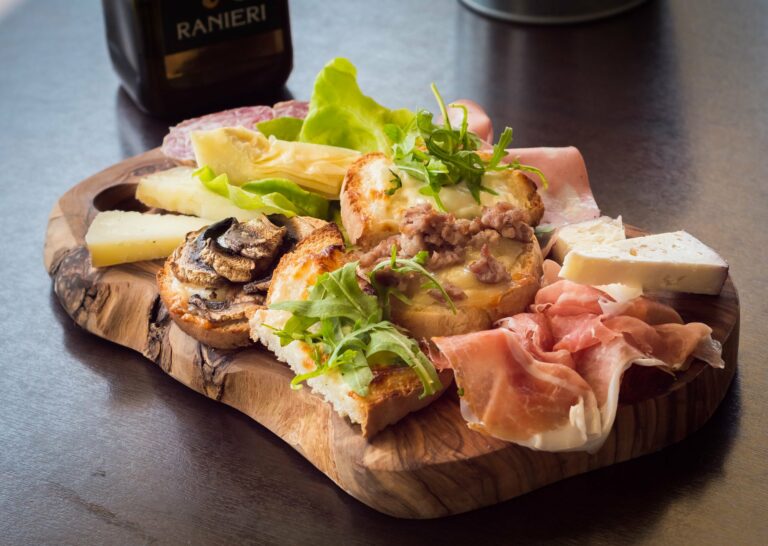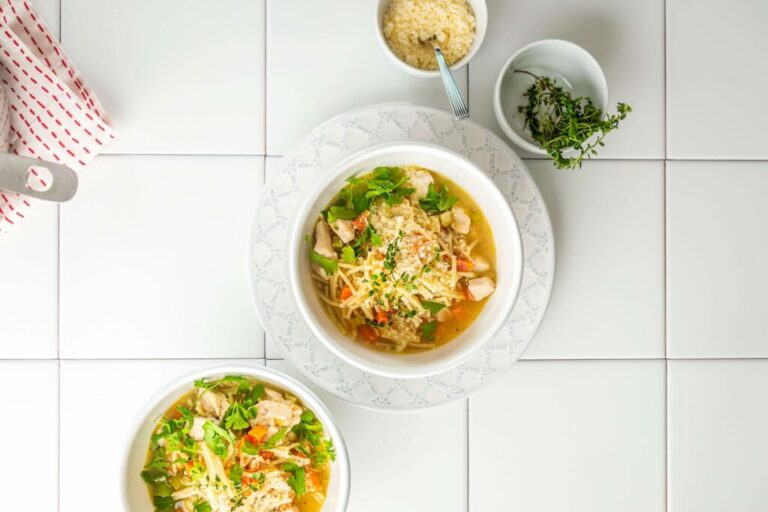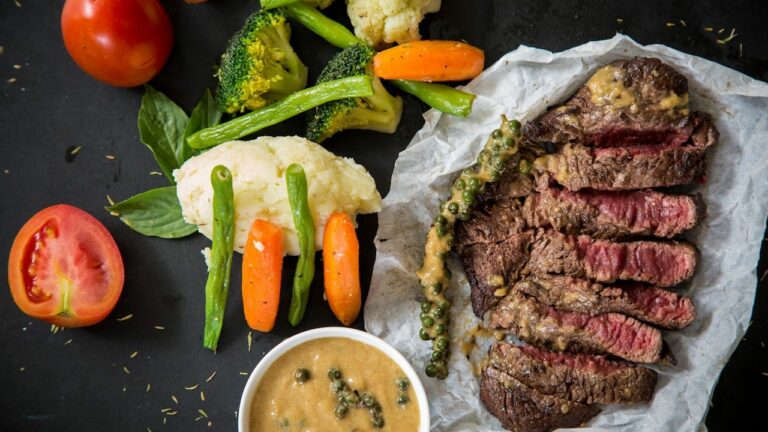Introduction: Saint Lucian Cuisine
Saint Lucia is a beautiful Caribbean island that is blessed with an abundance of natural resources. The food culture of Saint Lucia is heavily influenced by African, European, and Indian cuisines. The food in Saint Lucia is a fusion of these three cultures, which makes it unique and interesting. Saint Lucian soups and stews are a staple in the country’s cuisine. They are hearty, flavorful, and packed with various ingredients that make them delicious and nutritious.
Root Vegetables: The Backbone of Soups and Stews
Root vegetables are an essential part of Saint Lucian soups and stews. They add a unique flavor and texture to the dishes. Some of the most common root vegetables used in Saint Lucian soups and stews are yams, cassava, sweet potatoes, and dasheen. These vegetables are typically peeled, chopped, and added to the pot along with other ingredients. They are boiled until tender and contribute to the thickness of the soup or stew.
Coconut Milk: A Creamy and Nutty Flavor Enhancer
Coconut milk is a staple ingredient in Saint Lucian soups and stews. It adds a creamy texture and a distinct nutty flavor to the dishes. Coconut milk is made by grating the flesh of a mature coconut and then squeezing out the liquid. This liquid is then added to the soup or stew towards the end of the cooking process. It is important to note that coconut milk should not be boiled for too long as it can curdle.
Meat: A Protein Source and Flavor Booster
Meat is a common protein source in Saint Lucian soups and stews. Chicken, beef, and pork are the most commonly used meats. These meats are typically cut into small pieces and browned in a pot before being added to the soup or stew. This process not only adds flavor to the dish but also helps to tenderize the meat. The meat is then simmered with the other ingredients until it is cooked through and tender.
Aromatics: Spices, Herbs, and Sauces
Aromatics such as spices, herbs, and sauces are used to add flavor and depth to Saint Lucian soups and stews. Some of the most commonly used spices include thyme, allspice, and cinnamon. Herbs such as parsley, chives, and cilantro are also used to add freshness to the dishes. Sauces such as Worcestershire sauce, soy sauce, and hot pepper sauce are used to add a tangy and spicy flavor to the soups and stews.
Seafood: A Coastal Influence on Saint Lucian Soup and Stew Recipes
Seafood is a popular ingredient in Saint Lucian soups and stews. The country’s coastal location means that seafood is readily available and often used in traditional dishes. Fish, lobster, and crab are the most commonly used seafood in Saint Lucian soups and stews. They are typically added towards the end of the cooking process to prevent them from overcooking. Seafood adds a unique flavor and texture to the dishes and is a great source of protein.
In conclusion, Saint Lucian soups and stews are packed with flavor, nutrition, and cultural significance. Root vegetables, coconut milk, meat, aromatics, and seafood are some of the most commonly used ingredients in these dishes. The combination of these ingredients creates a unique and delicious taste that is enjoyed by locals and visitors alike.

